Explainer: What is Iran's position regarding transport routes in Caucasus?
By Ivan Kesic
As tensions escalate again between Armenia and Azerbaijan over the disputed territories, Iranian officials have issued multiple warnings that they will not allow any border changes in the Caucasus.
On Tuesday afternoon, Azerbaijan launched what it called an ‘anti-terror operation’ in Karabakh, sending ripples of shock across the region. Baku said it had informed Russia and Turkey about it.
In a statement, Azerbaijan’s foreign ministry described the full withdrawal of Armenian forces from Karabakh as the "only way for peace" as Armenia urged its citizens in Khankendi to take shelter.
Speculation had been rife for weeks that the two estranged neighbors have amassed arms on the joint border and that a new war would break out over the blocked Lachin corridor and the Zangezur corridor.
On September 3, after a meeting with his Turkish counterpart Hakan Fidan, Iranian Foreign Minister Hossein Amir Abdollahian reiterated Tehran’s position that it will not tolerate any geopolitical changes in the Caucasus region, including the change in borders.
Six days later, after a phone conversation with Armenian Prime Minister Nikol Pashinyan, Iranian President Ebrahim Raeisi said Tehran is ready to play an effective role in preventing new clashes and any change of historical borders in the disputed region.
On September 10, Iranian Foreign Ministry spokesperson Nasser Kanaani said Azerbaijani officials have assured Tehran that they have no intention of carrying out a military attack against Armenia and that recent movements are a conventional military action ahead of the winter season.
On the same day, Iran rejected claims that it was massing troops on the border with Azerbaijan as unfounded, and the two countries signed documents on military cooperation.
What is the Zangezur corridor?
The Zangezur Corridor, sometimes also called Nakhchivan, Syunik or Meghri corridor, is a proposed transport corridor that passes through Armenia's Syunik province, linking the Republic of Azerbaijan and the Nakhchivan Autonomous Republic.
The corridor was conceptualized to pass through the valley of the Aras River, in the extreme south of Armenia along the border with Iran, and to the west, it would continue to Turkey, which has a short border with Nakhchivan.
Since Armenia and Azerbaijan maintain a mutual traffic blockade due to long-running tensions, Baku's connection with Nakhchivan for decades has been Iran, and the connection with Turkey has been Georgia.
The two countries have different views on the concept of the corridor, its definition, the existence of control points and the nationality of the guards who would control those points.
In maximalist demands, Baku has been asking for an unimpeded passage, without checkpoints, and when Yerevan refused to do so, it threatened to implement the planned plan unilaterally, in other words, through military intervention and occupation of southern Armenia.
The 2020 ceasefire agreement that ended the last war between Armenia and Azerbaijan did not foresee the specific space for any corridor, as point 9 only called for the opening of previously blocked transport links.
The two countries also interpret this point in different ways. Baku sees it as a basis for opening the Zangezur corridor, while for Yerevan it means unblocking the existing Soviet-era road and rail links.
Buoyed by the latest military victory and the support of certain foreign powers, there have been hawkish voices inside Azerbaijan for the past three years to open the corridor through military means, which Iran strongly opposes.
What is Iran's position on the corridor?
Iran welcomes the interconnection of transport routes in the Caucasus and the wider region, without excluding any of its big or small neighbors, but strongly opposes changes in the status quo.
Some anti-Iran international players have called such a position an alleged hostility towards Azerbaijan and Turkey, arguing that Tehran is trying to isolate them and support Armenia. However, it is far from the truth.
Iran's position on the inviolability of existing borders is nothing new, but part of the official principled approach already seen in a number of other cases in the region, including Egypt, Iraq, Kuwait, Lebanon, Oman, Qatar, Palestine, Syria, Turkey and Yemen.
This position did not change regardless of the different status of bilateral relations with the mentioned countries. For the same reasons, Iran today maintains good relations with Russia, but recognizes the territorial integrity of Georgia and Ukraine.
Azerbaijan is not an exception because Tehran's unchanging position is that Nagorno-Karabakh is part of Azerbaijan, which was welcomed and praised by Azerbaijan's President Ilham Aliyev.
The idea that attempts to change borders continue in the South Caucasus, either in reversed roles or in a tit-for-tat format, is unacceptable to Tehran as it inflames revanchist politics, excessive arming and fuels new conflicts.
In the event of another protracted war, Iran's transportation links with both countries will be cut off and tens of thousands of refugees may flood Iran, as was already the case in their first war.
What is Iran’s position on Nagorno-Karabakh?
Iran has always advocated the peaceful reintegration of Nagorno-Karabakh into Azerbaijan, while respecting the rights of the Armenian minority (and vice versa), and has avoided escalating tensions or arming any of the two opposing sides.
The cooperation with both countries is focused on the construction of factories, dams, roads and other infrastructure, as well as inclusion in international routes to connect with the world.
As stated earlier, Iran does not exclude anyone from this connection: Turkey connects it with Europe, Armenia and Georgia with the Black Sea, and Azerbaijan with Russia. Unfortunately, all these countries favor blocking at least one neighbor.
From Azerbaijan's perspective, Iran provides it with a stable connection to Nakhchivan, a land connection to Turkmenistan and Central Asia, and a railway to Astara is under construction that will connect it to the North-South corridor to the Indian Ocean.
In March last year, Iran and Azerbaijan signed a memorandum of understanding on further development of the existing Iranian corridor to Nakhchivan, as an alternative to the corridor through Armenian territory.
Another feature of Iran's approach in the region is the resolution of disputes through the 3+3 format, i.e. three small countries Armenia, Azerbaijan and Georgia, and three larger countries Iran, Russia and Turkey, without the involvement of foreign powers.
Iran is well aware of the decades-long British and American plans of merging their sphere of interest across the Caucasus into Central Asia, which includes the forcible subjugation of all three smaller regional countries, and the isolation of Iran and Russia.
Tehran's vision for the Caucasus is to be the Alps of the region, while overseas powers want to turn it into the Balkans.
US Senator urges pullout of American forces in Syria following Palmyra attack
Discover Iran: Golestan province as Iran's next big renewable energy frontier
Four HTS-affiliated gunmen killed in armed attack in northwestern Syria
VIDEO | Brazilians protest against bids to ease punishment for Bolsonaro, allies
VIDEO | Australia hails Muslim ‘hero’ Ahmed al Ahmed who disarmed gunman in Sydney attack
Palestinian abductee dies in Israeli prison amid rampant ‘slow execution’
VIDEO | New Yorkers embrace Central Park's first snowfall
Far-right Kast sweeps Chile’s presidential election


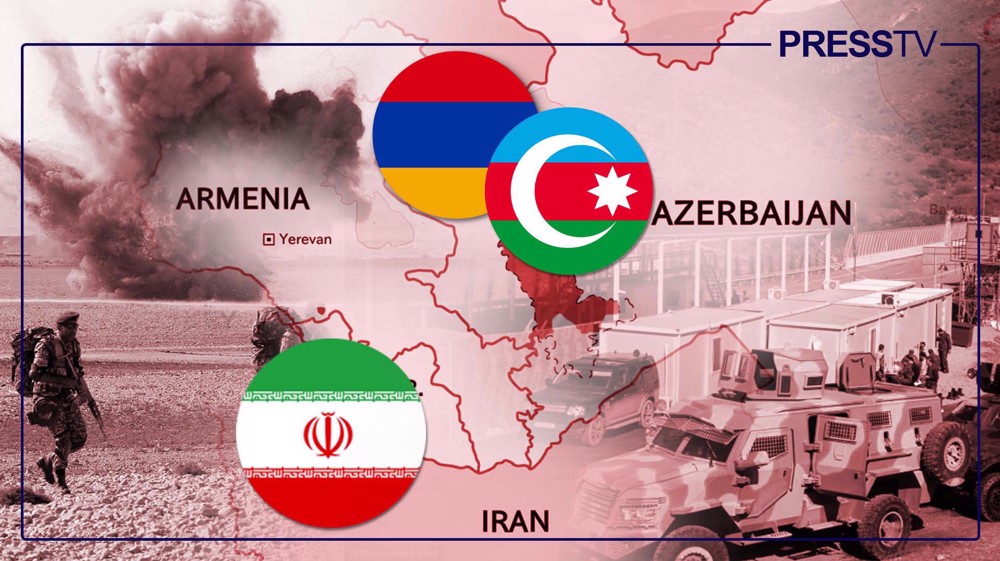

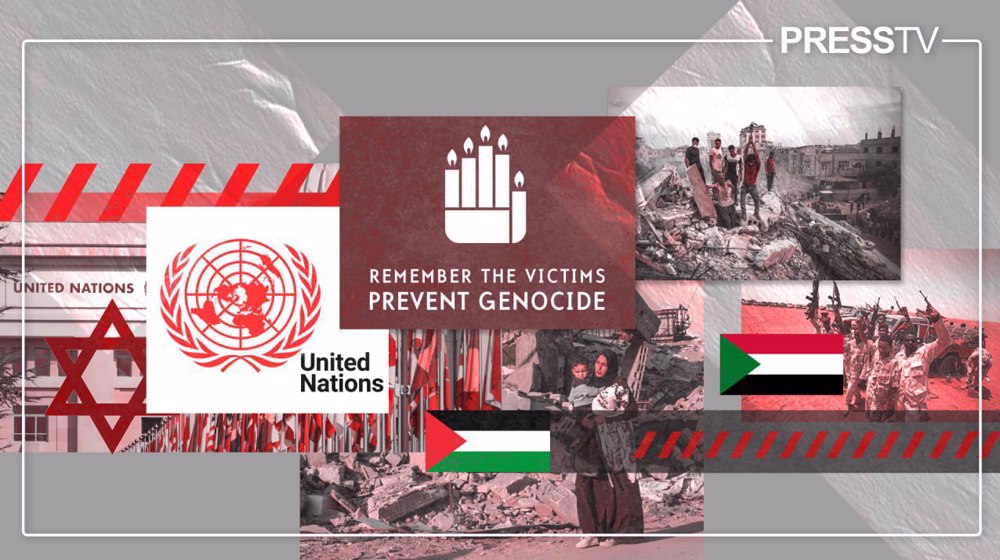
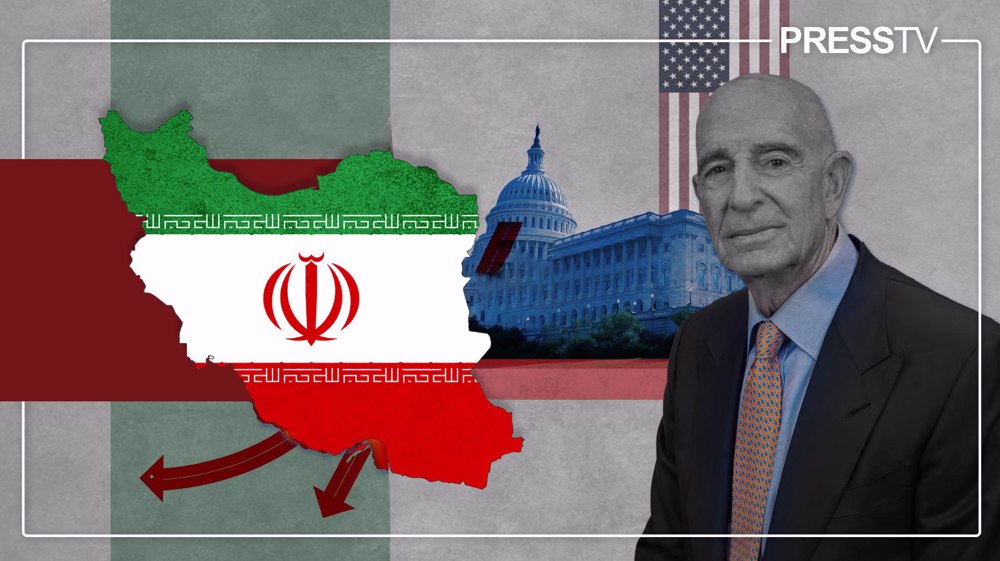



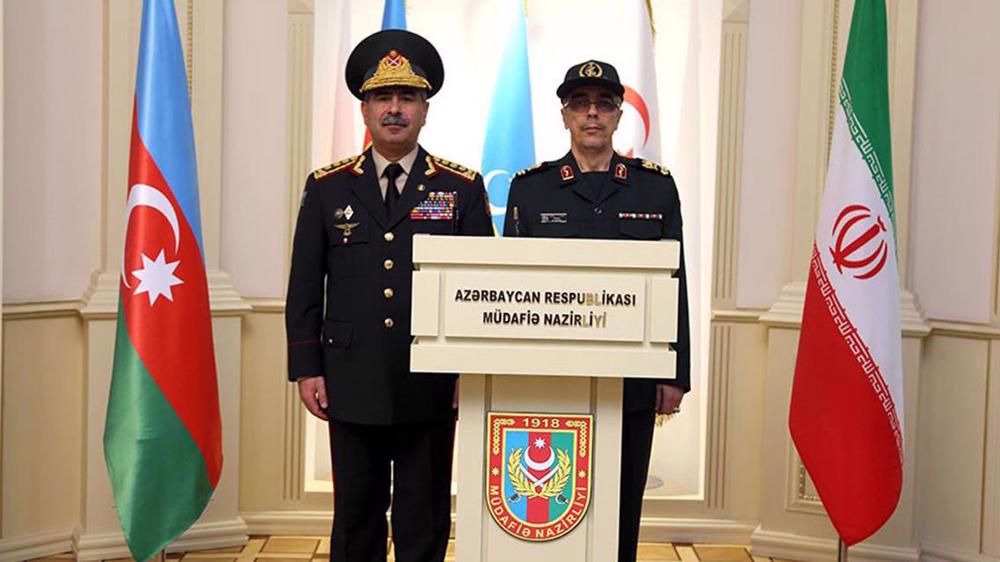

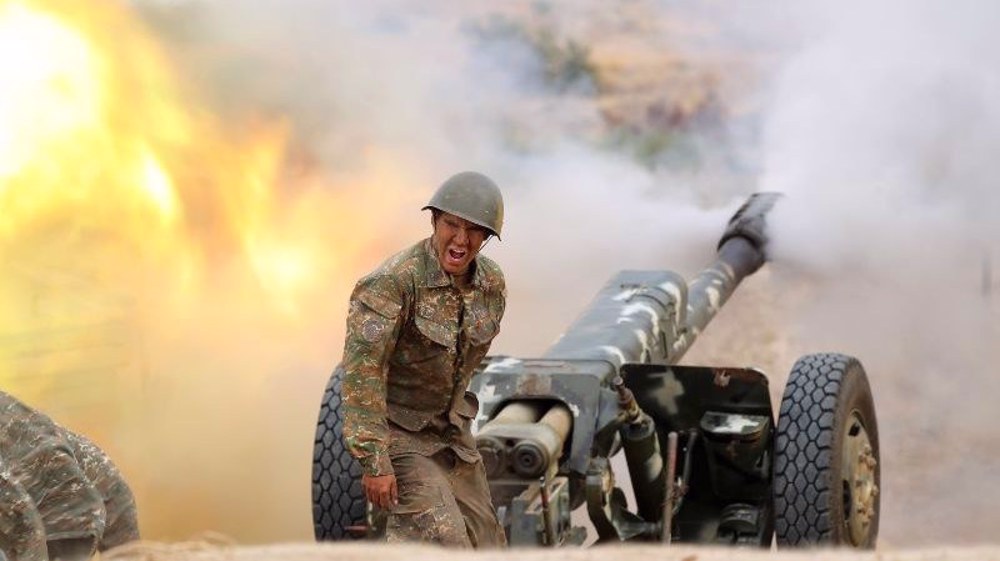
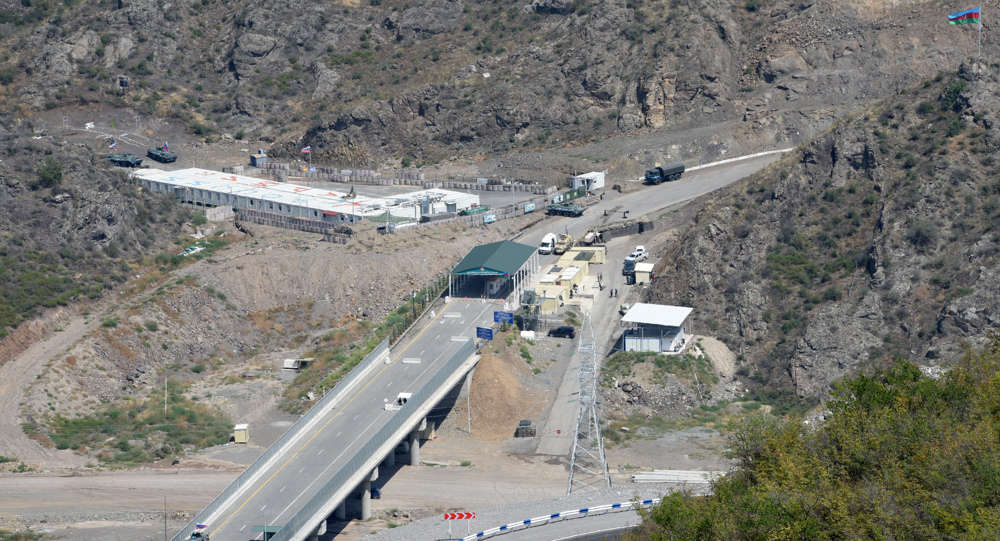
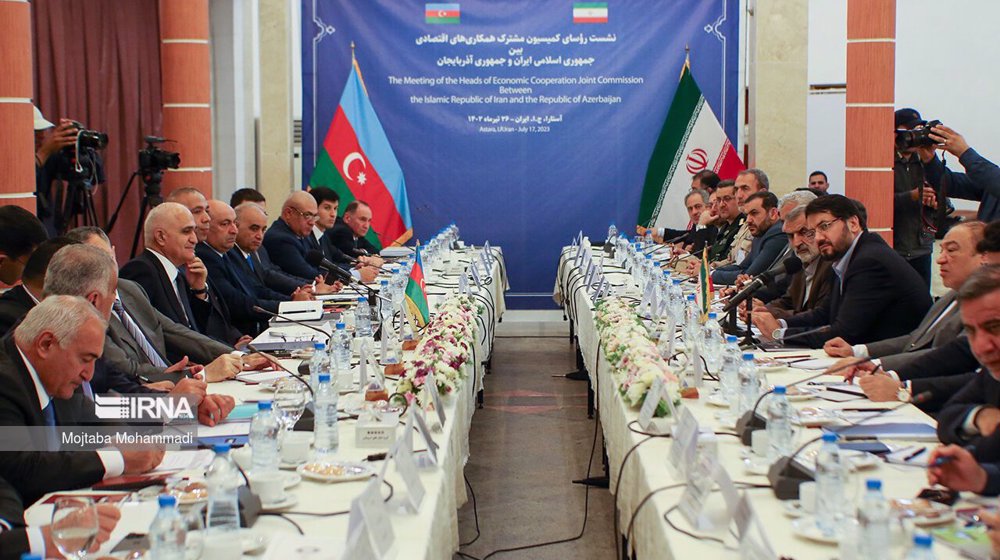

 This makes it easy to access the Press TV website
This makes it easy to access the Press TV website